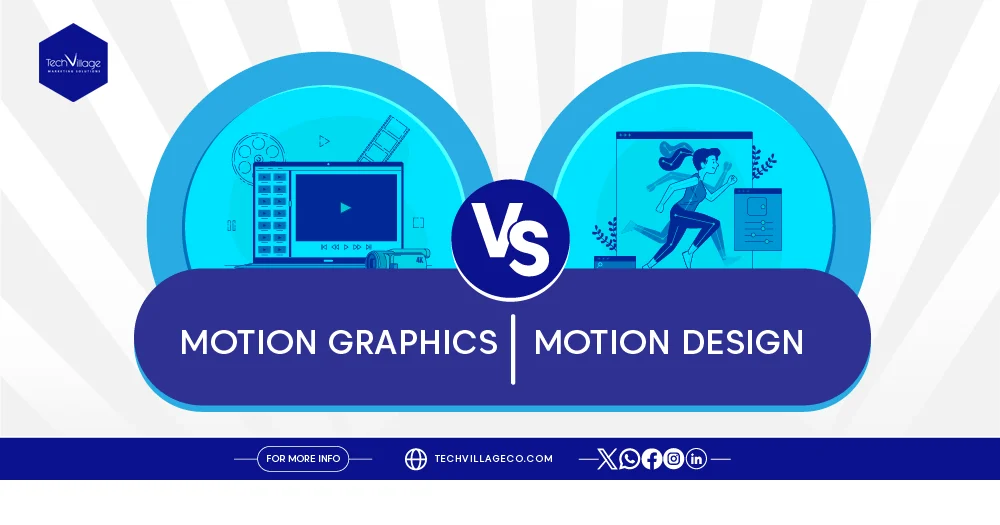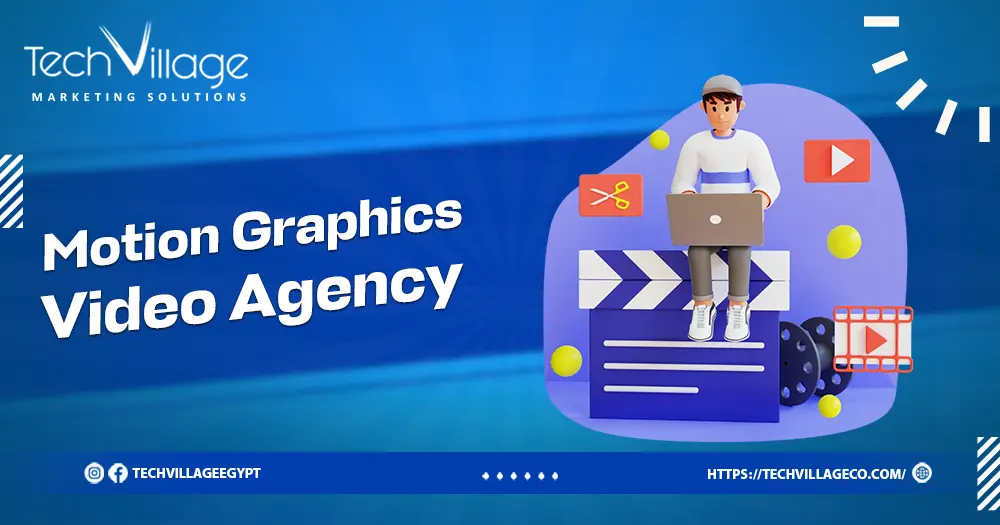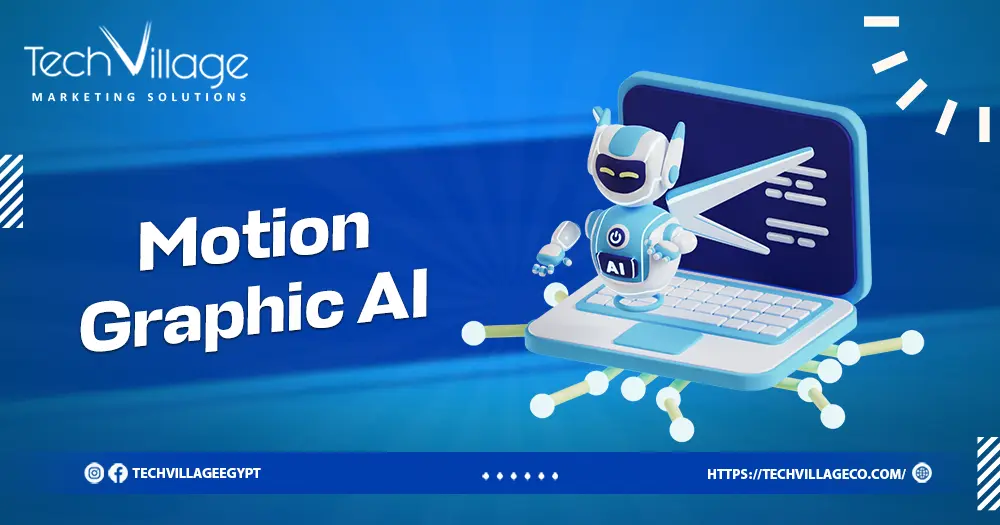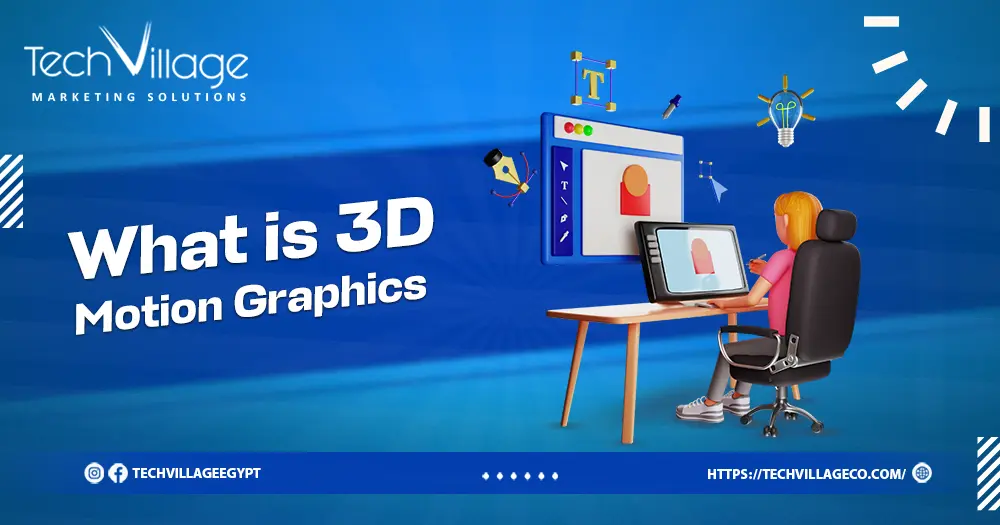motion design vs motion graphics are two closely related disciplines within the realm of visual communication. They both involve the art of creating dynamic, animated visuals, but they differ in their scope and approach.
Motion graphics primarily focus on the graphic elements, employing animated typography, icons, and symbols to convey a message or tell a story.
In contrast, motion design is a broader term that encompasses the entire process of designing and animating visuals, including not only graphics but also 3D elements, sound, and interactive components.
In this introduction, we will explore the key distinctions between motion design vs motion graphics, highlighting their respective roles in the world of multimedia and how they contribute to engaging and effective storytelling.
Table of Contents
ToggleOverview of motion graphics
In addition to the differences between motion design vs motion graphics. Motion graphics is a dynamic and versatile form of visual communication that combines graphic design, animation, and often sound to convey information or tell a story.
It involves the creation of moving images, typically using software tools like Adobe After Effects or similar programs. Here’s an overview of key aspects of motion graphics:
1- Visual storytelling: Motion graphics are a powerful tool for storytelling. They can condense complex information into easily digestible animations, making it suitable for explainer videos, advertisements, and educational content.
2- Typography and text animation: Text plays a significant role in motion graphics. Animating typography can enhance the impact of a message, making it more engaging and memorable.
3- Iconography and symbols: In contrast to motion design vs motion graphics, Motion graphics often employ icons and symbols to represent ideas, concepts, or data, simplifying and enhancing communication.
4- Use of color and design: Creative use of color, shapes, and design principles is essential in motion graphics to capture the viewer’s attention and convey emotions or concepts effectively.
5- Motion and timing: The movement of elements in motion graphics is carefully choreographed, and timing is critical. The speed, direction, and rhythm of animations are essential for conveying the intended message.
6- Sound and audio integration: Adding sound effects and music can greatly enhance the impact of motion graphics. Syncing animations with audio elements creates a more immersive experience.
7- Versatile applications: Motion graphics are used in various contexts, including advertising, branding, video games, film titles, social media content, and data visualization.
8- Interactive elements: In some cases, motion graphics can be interactive, allowing users to engage with and influence the animation’s outcome.
Read also: Best Motion Graphics Portfolio.
Overview of graphic design
If you are wondering about the difference between motion design vs motion graphics, here is the answer. Graphic design is a multifaceted field that combines art, communication, and technology to create visual solutions for various purposes. Here’s an overview of key aspects of graphic design according to tech village:
1- Visual communication: Graphic design is all about effective communication through visuals. It uses images, typography, and other design elements to convey information, ideas, and emotions.
2- Typography: The use of typefaces, fonts, and text layout is a fundamental component of graphic design. It involves selecting and arranging text to enhance readability and aesthetics.
3- Layout and composition: Graphic designers arrange elements on a page or screen to create a visually appealing and coherent design. Proper composition is crucial for guiding the viewer’s eye and conveying the intended message.
4- Color theory: Understanding color psychology and how different colors interact is essential in graphic design. The choice of color can evoke specific emotions and enhance the message.
Read also: Video Production Services.
5- Imagery and illustration: The use of images, illustrations, and photographs is common in graphic design. These visuals are carefully selected or created to complement the overall design and convey information.
6- Branding and identity: In contrast to motion design vs motion graphics, Graphic designers often work on creating or maintaining visual identities for businesses and organizations. This includes logos, color schemes, and brand guidelines.
7- Print and digital media: Graphic design can be applied to various media, including print materials like brochures, posters, and magazines, as well as digital media such as websites, social media graphics, and app interfaces.
8- User experience (UX) design: In digital design, there is a focus on creating intuitive and user-friendly interfaces. This involves considering user behavior and interaction design.
Get to know: Best Websites For Motion Graphics.
Comparison of motion design vs motion graphics
motion design vs motion graphics are related fields within the realm of visual communication, but they differ in several key aspects. Here’s a comparison of the motion design vs motion graphics:
1- Static vs. Dynamic:
- Graphic Design: Graphic design primarily deals with static visuals. It involves creating images, layouts, and designs that do not have inherent motion. These designs are typically used in print materials, digital images, and stationary visuals.
- Motion Graphics: Motion graphics, on the other hand, are inherently dynamic. They involve creating animated visuals that move, change, and evolve over time. This dynamic element is well-suited for video, animation, and interactive media.
2- Nature of output:
- Graphic Design: Graphic designers produce images, logos, posters, brochures, and other still visuals that aim to convey a message or provide information in a single frame.
- Motion Graphics: Motion graphic designers create animations, videos, and interactive media that engage viewers over time. They use motion, transitions, and timing to tell a story or convey a message.
3- Use of typography:
- Graphic Design: Typography is a crucial aspect of graphic design, but it’s typically static. Graphic designers select fonts, arrange text, and create visually appealing layouts with text elements.
- Motion Graphics: Typography in motion graphics can be dynamic. Text can move, fade in and out, or transform, adding a kinetic dimension to the design.
4- Media and platforms:
- Graphic Design: In contrast to motion design vs motion graphics, Graphic design is used in a wide range of media, including print materials, digital images, websites, and social media graphics.
- Motion Graphics: Motion graphics are primarily used in video, film, television, animation, digital advertising, and interactive multimedia presentations.
Here’s: 2023 Motion Graphics Trends.
5- Engagement and timing:
- Graphic Design: Graphic design relies on the immediate impact of a single frame. It doesn’t involve the element of time, and viewers take in the design at their own pace.
- Motion Graphics: Motion graphics engage viewers through the use of motion and timing. Designers control the pace at which information is revealed, allowing for storytelling and building engagement over time.
6- Software tools:
- Graphic Design: Graphic designers typically use software like Adobe Photoshop, Illustrator, and InDesign for their work.
- Motion Graphics: Motion graphic designers use specialized software like Adobe After Effects, Cinema 4D, and various video editing tools.
7- Dynamic elements:
- Graphic Design: While graphic design can incorporate some dynamic elements like GIFs or interactive PDFs, it primarily relies on static visuals.
- Motion Graphics: Motion graphics are all about dynamic elements, as animations and transitions are integral to the medium.
Conclusion
In conclusion, motion design vs motion graphics are closely related disciplines within the realm of visual communication, but they differ in scope and application. Motion graphics primarily deal with animated graphics and text, often used in video production and digital media, focusing on conveying messages or stories through dynamic visuals.
On the other hand, motion design is a broader field that encompasses the entire process of designing and animating visuals, including 2D and 3D elements, sound, and interactivity, used in a variety of multimedia applications.
FAQ
Which is better graphic design or motion graphics?
the choice between motion design vs motion graphics hinges on the specific project requirements and the desired impact on your audience. In many cases, a combination of both can be the most effective approach, as they complement each other to meet a wide range of communication and design needs.
What is the difference between animation design vs graphic design?
When it comes to the differences between motion design vs motion graphics. animation design is centered around creating dynamic, time-based visuals with a focus on storytelling through motion, while graphic design primarily focuses on static, non-moving visuals used for various print and digital applications. The choice between motion design vs motion graphics depends on the project's requirements.

 AR
AR





